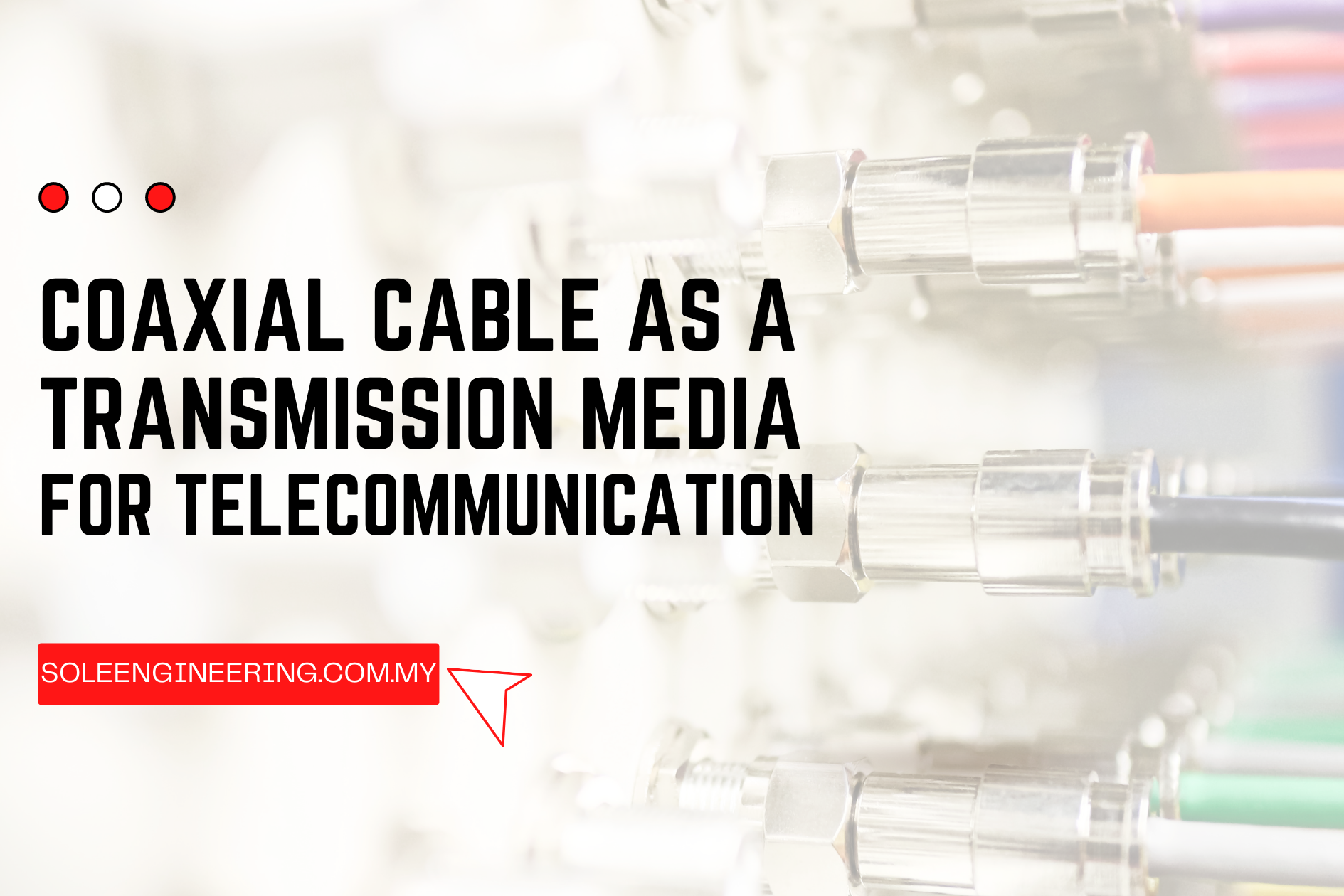The telecommunication industry is one of the main consumers of coaxial cables. Let us understand the application and advantages of coaxial cable in the telecommunication industry.
Telecommunication Industry
In the telecommunication industry signals are sent out in the form of waves. These could be light waves, radio frequencies, or electromagnetic signals. These signals are transmitted from one point to another using different types of systems or mediums. These mediums are often referred to as transmission media.
Transmission Media
In the telecommunication industry, a system or substance that can propagate signals over a distance for communication is called transmission media. This means that if signals are sent over the air, the air is transmission media, if signals are sent using solids like copper or glass those are also transmission media.
Transmission can be:
- Simple – when signals are carried in one direction only, with sender at one end and receiver at the other ends, like radio channels.
- Half Duplex – When devices at both ends can work as sender and receiver but only one at a time can act as a sender, like walkie talkies
- Full-Duplex – When both ends can send and receive signals at the same time, like telephonic communication or internet connections.
Types of transmission media
Transmission medium based on properties can be classified into four categories: Linear, bounded, uniform or homogeneous, and isotropic.
Transmission Media used in Telecommunication
Two types of transmission media used in telecommunication are:
- Guided media – signals are carried by solids (mostly copper) in transmission lines.
- Unguided media – antennas send out radio/infrared/microwave signals over air, vacuum, or seawater.
The three most popular types of guided media used in transmission lines are:
- Twisted pairs (Unshielded twisted pair UTP, and Shielded Twisted Pair STP)
- Coaxial Cables
- Optic Fiber
Now twisted pair is mainly replaced by coaxial cables in the telecommunication industry due to better signal quality. Optical fiber is a relatively new technology with the superior signal transmission but is expensive and high maintenance, therefore it is still less in demand than coaxial cable.
Coaxial Cables in Telecommunication
Coaxial cables are electrical transmission cables with a central conductor surrounded by a tubular insulating layer, wrapped into a tubular conducting sheet. All this assembly is further covered by a protective jacket. The inner conductor and outer conducting sheath share a geometric axis, hence the name coaxial. It is also referred to as a coax.
Due to better shielding and shared geometric axis, they offer better signal quality, with lower electromagnetic interference and signal loss. Coaxial cables can transmit video and CAT signals, internet and instrumentation data connection, radio and microwave signal transmission. With varying thicknesses in diameter, there is a variety of coaxial cables available that are suitable for indoor or outdoor installations.
The main advantage of these cables is their ability to carry the high-frequency signals over long distances with low losses. High efficiency as the transmission line is maintained by constant conductor spacing with controlled dimensions of cables and conductors. This is possible due to the insulating dielectric material that wraps the central conductor. Therefore, they are a preferred choice for telephone lines, television signals, broadband internet connections, and high-frequency computer database connections.







